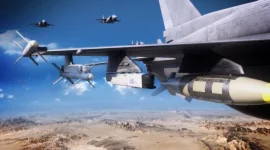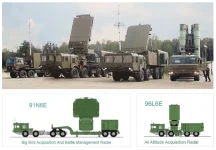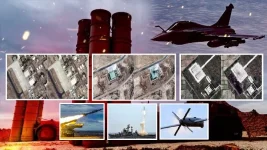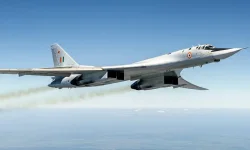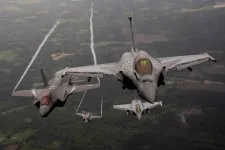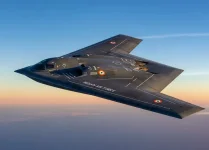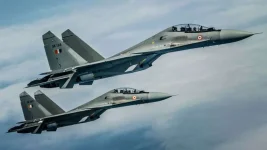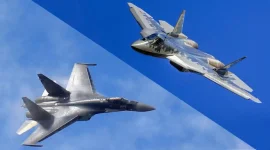- Views: 628
- Replies: 25
Recent delays in the delivery of American-made GE F404 engines for the Tejas Mk1A fighter jet are raising significant concerns about India's growing dependency on foreign suppliers for critical military hardware.
According to defence analyst Pathikrit Payne, these disruptions should serve as a crucial lesson for the nation's more ambitious Tejas Mk2 programme, highlighting a strategic vulnerability that could impact the future of the Indian Air Force (IAF).
The current production schedule for the Tejas Mk1A aircraft has been affected by interruptions in the supply of its F404 engines. General Electric (GE), the manufacturer, has pointed to global supply chain constraints as the primary cause for the delay.
Mr. Payne, a Senior Research Fellow at the Dr. Syama Prasad Mookerjee Research Foundation, noted in a recent analysis that these issues cast doubt on the long-term dependability of relying on a single source for such vital components.
The Tejas Mk2 is a far more advanced and critical project for India's defence preparedness. This Medium Weight Fighter is engineered to be a cornerstone of the IAF, eventually replacing ageing fleets of Jaguar, Mirage 2000, and MiG-29 aircraft.
"The Tejas Mk-2 is a far more critical project than its predecessor," stated Mr. Payne. "Any uncertainty regarding the engine supply, especially at this scale, could have serious operational repercussions."
In an agreement signed during a state visit in June 2023, India and the United States finalised a deal for GE to jointly manufacture its more powerful F414 engines in India to power the Tejas Mk2. This deal includes a significant transfer of technology, estimated at around 80%.
However, Mr. Payne argues that despite this positive step, India must actively pursue alternative options to avoid potential bottlenecks and geopolitical pressures in the future.
As a measure of strategic hedging, experts suggest India should explore engine options from established defence partners like France and Russia.
France's Safran M88 engine, which already powers the IAF's fleet of Rafale jets, presents an option with logistical and maintenance advantages. Similarly, Russia's Klimov RD-93MA engine, an advanced variant of the engine used on MiG fighters, could be considered.
"The objective is not to replace the F414 immediately, but to have fallback options," Mr. Payne explained, adding that a diverse supplier base enhances India's negotiating power and strengthens its domestic defence industry.
Ultimately, the long-term solution lies in developing a homegrown engine.
For years, India's Gas Turbine Research Establishment (GTRE) has worked on the indigenous GTX-35VS Kaveri engine, though it has yet to achieve the required thrust for a frontline fighter.
There is a renewed focus on accelerating this programme, potentially through a joint venture with an international partner like France's Safran, to develop a next-generation engine for India's future combat aircraft.
The Tejas Mk2 is scheduled for induction into the IAF in the early 2030s and is expected to serve for several decades. Ensuring its production remains free from the influence of a single supplier is considered essential for maintaining India’s strategic autonomy and national security.

